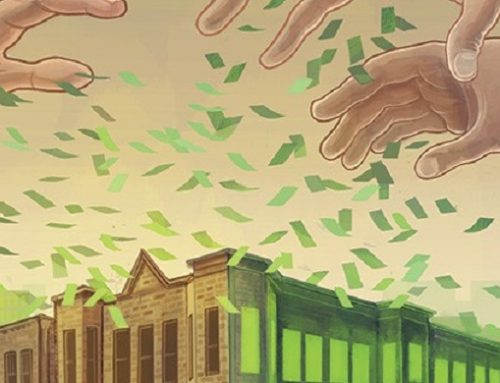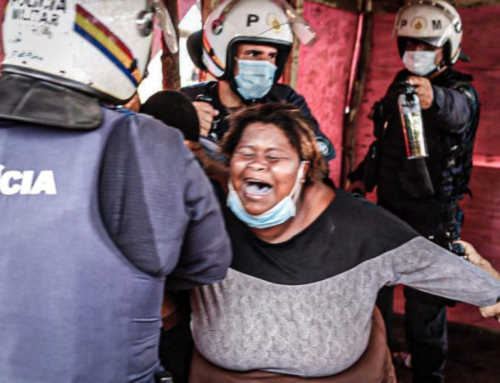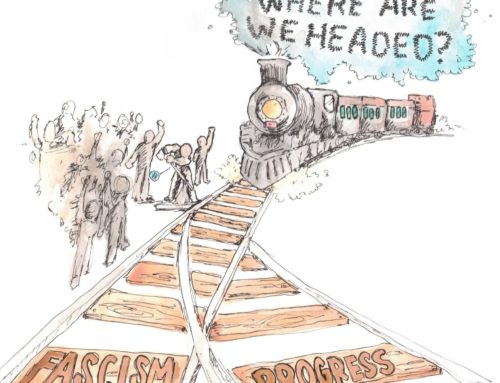
Graffiti, in one form or another, has been a form of human expression since the birth of our species. Its modern incarnation developed during the late 1960s in the Northeastern United States, primarily in Philadelphia and New York. A few aspects differentiated it from simply writing political slogans or obscenities in public spaces and on private property. One was the practice of “bombing,” or writing stylized versions of an artist’s name in as many locations as possible. Its origin is credited to two graffiti writers who went by the tag names of Cornbread and Cool Earl, who gained notoriety and limited local press coverage in Philadelphia. Bombing soon spread to New York City, which became widely acknowledged as the epicenter of street art. Although some admired the novelty of the practice, its illegal nature and association with gang activity and criminality led many to perceive bombing and graffiti as a social menace.
Graffiti continued to develop and expand during the ’70s. New calligraphic elements were invented, and graffiti writers in New York moved from the streets into the subway system. Writers experimented with new techniques. For example, replacing the nozzles of spray bottles with nozzles from other aerosol products increased spray widths, allowing much larger pieces. Soon writers were able to cover entire subway cars. Tags also became more elaborate as writers incorporated symbols and pictures into their designs. In 1979, the first gallery show dedicated to graffiti was held in Rome, organized by Fab 5 Freddy and graffiti artist Lee Quiñones. Graffiti continued to grow in popularity throughout the ’80s, with the general spread of the hip-hop subculture with which it was closely associated. This set the stage for graffiti and street art to enter into the world of gallery art in the 1990s, and its rampant commercialization in the 2000s.
As graffiti emerged in the Northeast, Wynwood was a Miami neighborhood in transition. During the first half of the century, residents primarily worked in garment factories and manufacturing plants. As a result of immigration patterns during this period, Wynwood became home to a large and thriving Puerto Rican community. As industries began to relocate their factories overseas to take advantage of lower labor costs, Wynwood, like many other blue-collar manufacturing towns throughout the U.S., also began to decline. Within two decades, Wynwood would lose 60 percent of its garment manufacturers and associated industries, and was additionally hard-hit by the recession of the early 1970s.
But this turned around during the last two decades as Wynwood underwent a process of gentrification, in which graffiti and street art played a very significant role. Typically, arts-led gentrification occurs when a low-income community with low housing values and cheap rents becomes the site of an influx of young artists and their cohorts, who form loose associations and host events until the neighborhood gains a reputation for being hip. Soon thereafter, real estate developers and boutique retailers show up; the big boxes and national chains are not far behind. Meanwhile, original residents are displaced because of increased housing costs, and developers make a tidy profit.
But Wynwood’s case was unusual; its transformation was not artist-led.
Instead, the development of Wynwood into an arts community was entirely the project of a few wealthy gallery owners and real estate developers. In 1993, the Rubell family purchased a 40,000-square-foot warehouse and converted it into a gallery. Between 1998 and 2002, many other wealthy investors came into the neighborhood, some from Miami but most from New York. Bernice Steinbaum, Marty Margulies, Brook Dorsch, and others set up galleries. In the 2000s, large real estate developers rushed to convert warehouses into gallery spaces and artists’ lofts, lobbying to have the buildings re-zoned to their liking. They initiated a concerted effort to attract people to the area with a series of events called “Roving Fridays,” which eventually morphed into the second Saturday Art Walk.
The gentrification project was crowned in 2009 with Wynwood Walls, a creation of Goldman Properties and its owner Tony Goldman. Goldman came to the neighborhood in 2004 to quickly buy up the majority of the warehouses. Goldman Properties and Jonathon Levine Gallery own 80 different properties between them, controlling most of physical space of the neighborhood. Wynwood Walls was conceived as an open air gallery of street art, which would sit adjacent to another of Goldman’s projects, Wynwood Kitchen and Bar. Renowned graffiti artists from all over the world were invited to Goldman’s sprawling complex between 25th and 26th streets to create 12 large outdoor murals. Since its completion, Wynwood Walls and Wynwood Kitchen and Bar have become major attractions for the now widely attended art walks
Graffiti and street art, expressions born of impoverished inner cities during the waning period of American industry, became stylistic cover for what was essentially an organized land grab by a few wealthy families and institutions. Grafitti has been recuperated by capitalism, accepted by the mainstream art world and turned into its opposite. Originally an expression by marginalized people of defiance against private property, in Wynwood it has been cynically used as “street cred” for the reinforcement of private property interests, for the transformation of a low income neighborhood into a swanky arts district.





